Simplified Population Geography By Dr. Krishnanand

Simplified Population Geography
Simplified Population Geography Contents
Embark on an enlightening journey into the realm of population geography with “Simplified Population Geography” authored by renowned scholar Dr. Krishnanand. This comprehensive textbook offers a lucid exploration of key concepts and theories, providing invaluable insights into the dynamic patterns and trends shaping global demographics.
Chapter 1: Nature & Scope of Population Geography (Pages 5-15) Gain a foundational understanding of population geography, exploring its scope and relevance in studying human population dynamics.
Chapter 2: Sources of Data with special reference to India (Census, Vital Statistics, and NSS) (Pages 16-30) Explore the diverse sources of demographic data, with a focus on India’s census, vital statistics, and National Sample Surveys (NSS).
Chapter 3: Population Size, Distribution, and Growth – Determinants and Patterns (Pages 31-44) Examine the factors influencing population size, distribution, and growth, and analyze the spatial patterns of population distribution.
Simplified Population Geography
Chapter 4: Population Dynamics: Fertility, Mortality, and Migration (Pages 45-56) Investigate the key components of population dynamics, including fertility, mortality, and migration, and their implications for demographic change.
Chapter 5: Population Composition & Characteristics (Pages 57-68) Explore the demographic characteristics of populations, including age-sex composition, rural-urban distribution, and literacy rates.
Chapter 6: Growth and Distribution of World Population (Pages 69-79) Analyze the global patterns of population growth and distribution, highlighting regional disparities and trends.
Simplified Population Geography
Chapter 7: Demographic Attributes (Pages 80-89) Examine demographic attributes such as population density, dependency ratio, and age structure, and their significance in understanding population dynamics.
Chapter 8: Causes and Consequences of Migration (Pages 90-101) Investigate the drivers of migration and its socio-economic consequences at the individual, community, and global levels.
Chapter 9: Theories of Migration (Pages 102-115) Explore theoretical frameworks explaining the patterns and motivations behind migration movements, from classical to contemporary perspectives.
Simplified Population Geography
Chapter 10: Malthusian Theory of Population (Pages 116-122) Examine Malthusian theory’s perspective on population growth and resource constraints, and its implications for societal development.
Chapter 11: Marxian Theory of Population (Pages 123-129) Analyze Marxian perspectives on population dynamics, focusing on the interplay between population growth, economic structures, and social change.
Chapter 12: Demographic Transition Theory (Pages 130-138) Understand the stages of demographic transition and their implications for population growth, development, and urbanization.
Simplified Population Geography
Chapter 13: Concepts of Over, Under, and Optimum Population (Pages 139-149) Explore the notions of overpopulation, underpopulation, and optimum population, and their implications for sustainable development.
Chapter 14: World Population Problems and Policies (Pages 150-159) Investigate global population challenges and policy responses, addressing issues such as poverty, health, and environmental sustainability.
Chapter 15: Social Well-being and Quality of Life (Pages 160-172) Examine the links between population dynamics and social well-being, exploring indicators of quality of life and human development.
Simplified Population Geography
Chapter 16: Population as Social Capital (Pages 173-182) Explore the concept of population as social capital, analyzing the role of human capital in fostering economic growth and social cohesion.
Chapter 17: Contemporary Issues (Pages 183-192) Address contemporary population challenges, including aging populations, declining sex ratios, and the impact of HIV/AIDS on society.
“Simplified Population Geography” is an indispensable resource for students, researchers, and policymakers seeking a comprehensive understanding of global demographic trends and their implications for society and the environment. With clear explanations and illustrative examples, this textbook demystifies complex concepts, empowering readers to navigate the dynamic landscape of population geography with confidence.
Follow The Author On Facebook
Subscribe The Author On Youtube
Follow The Author On Instagram



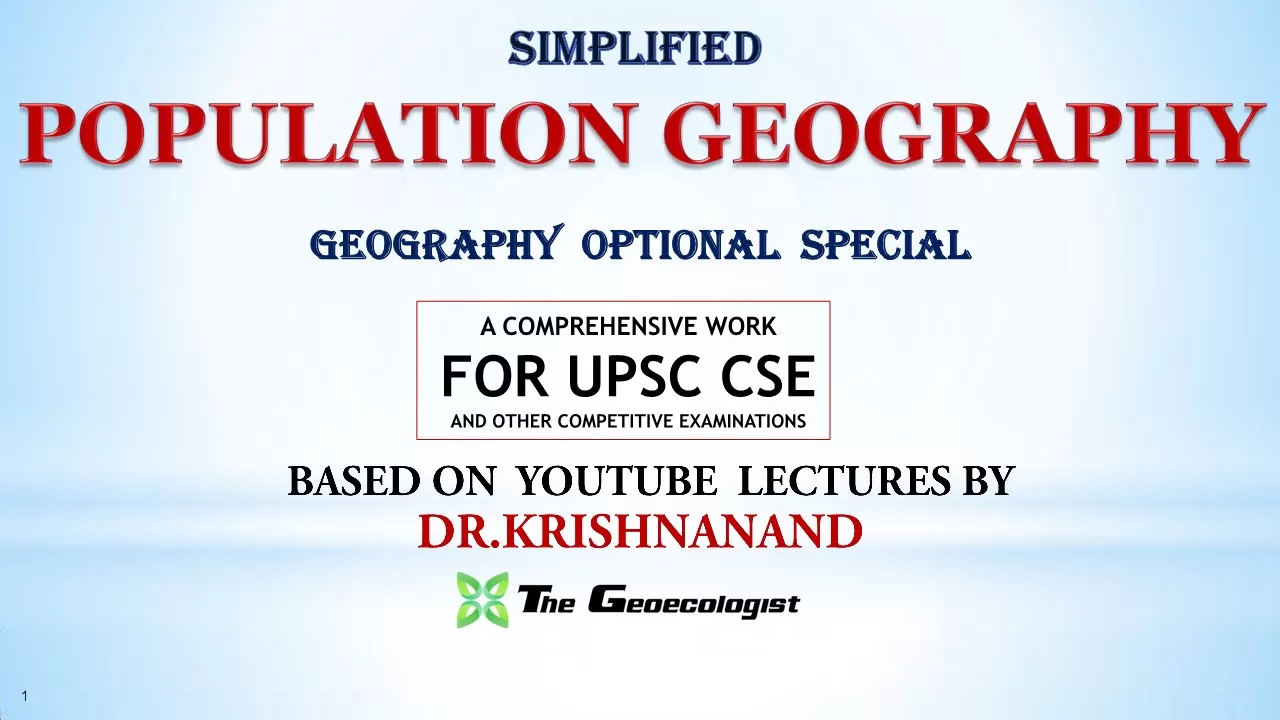
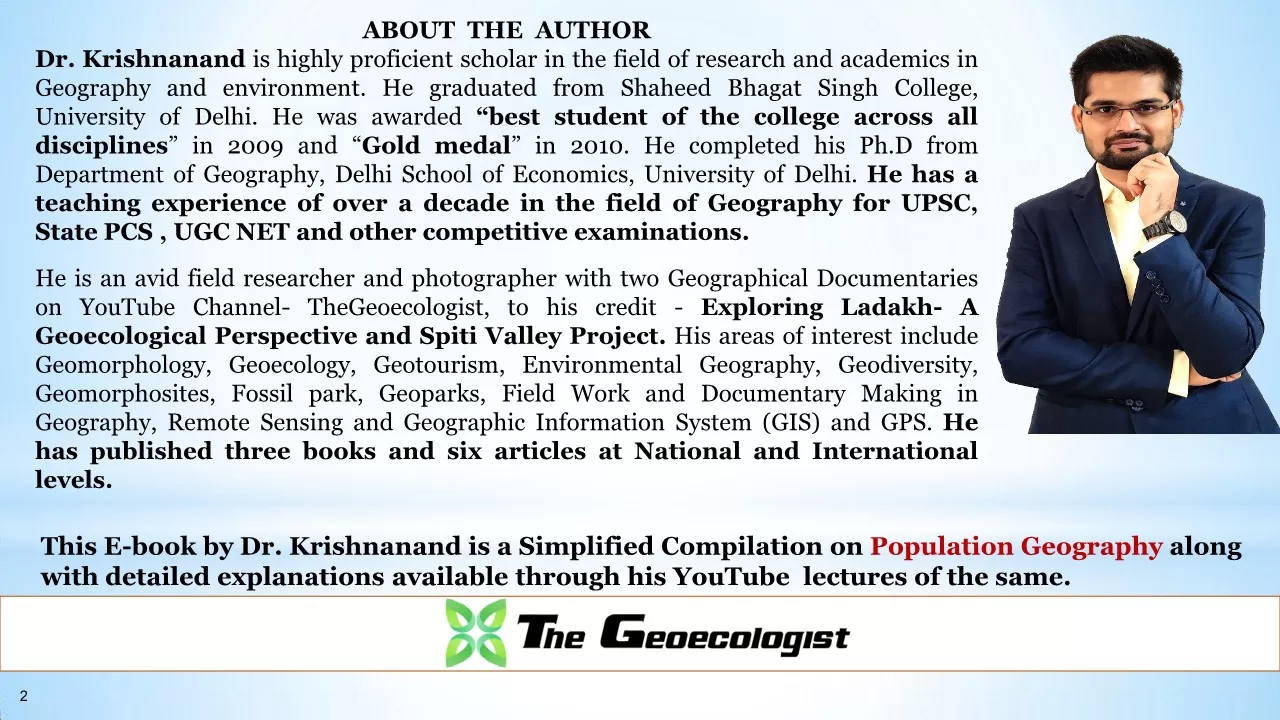
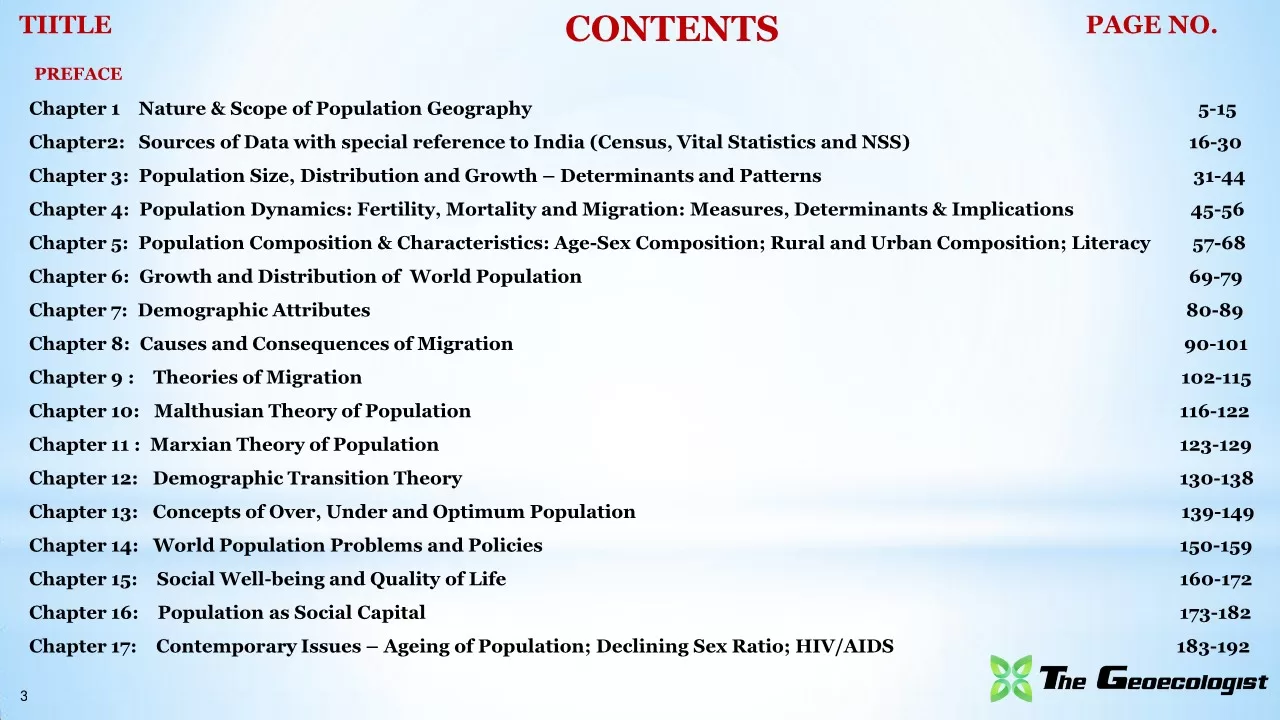
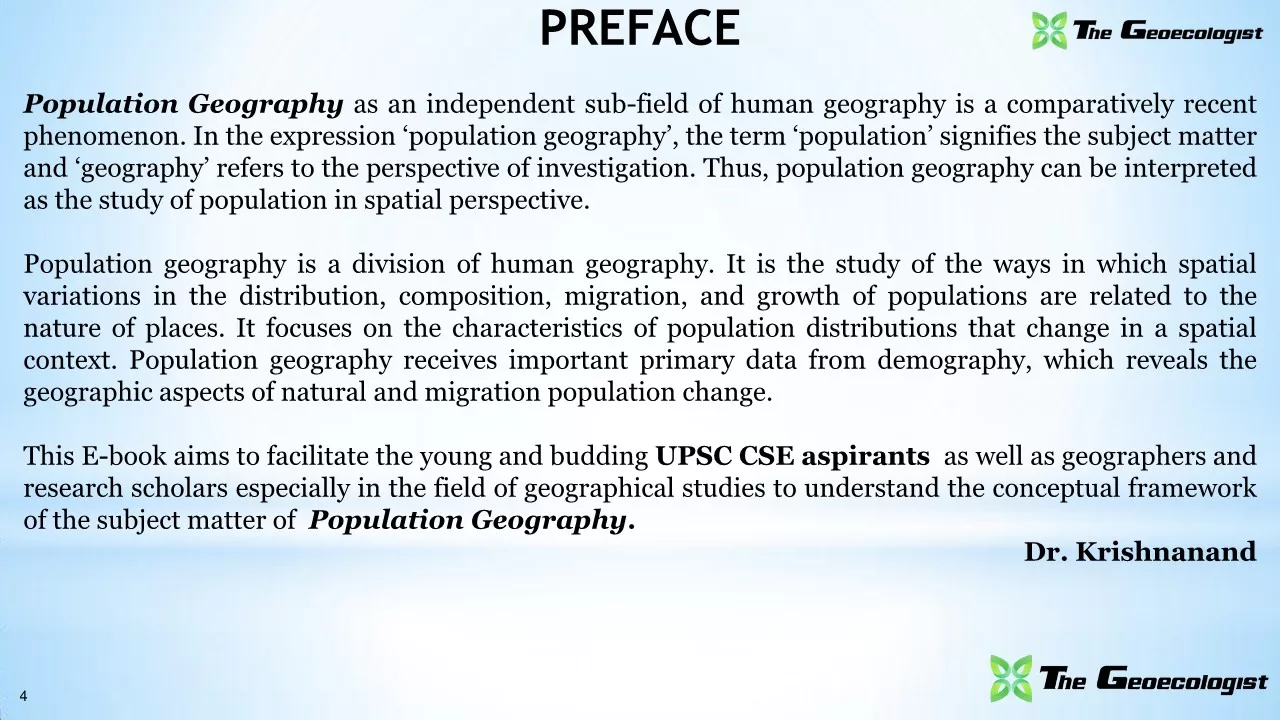

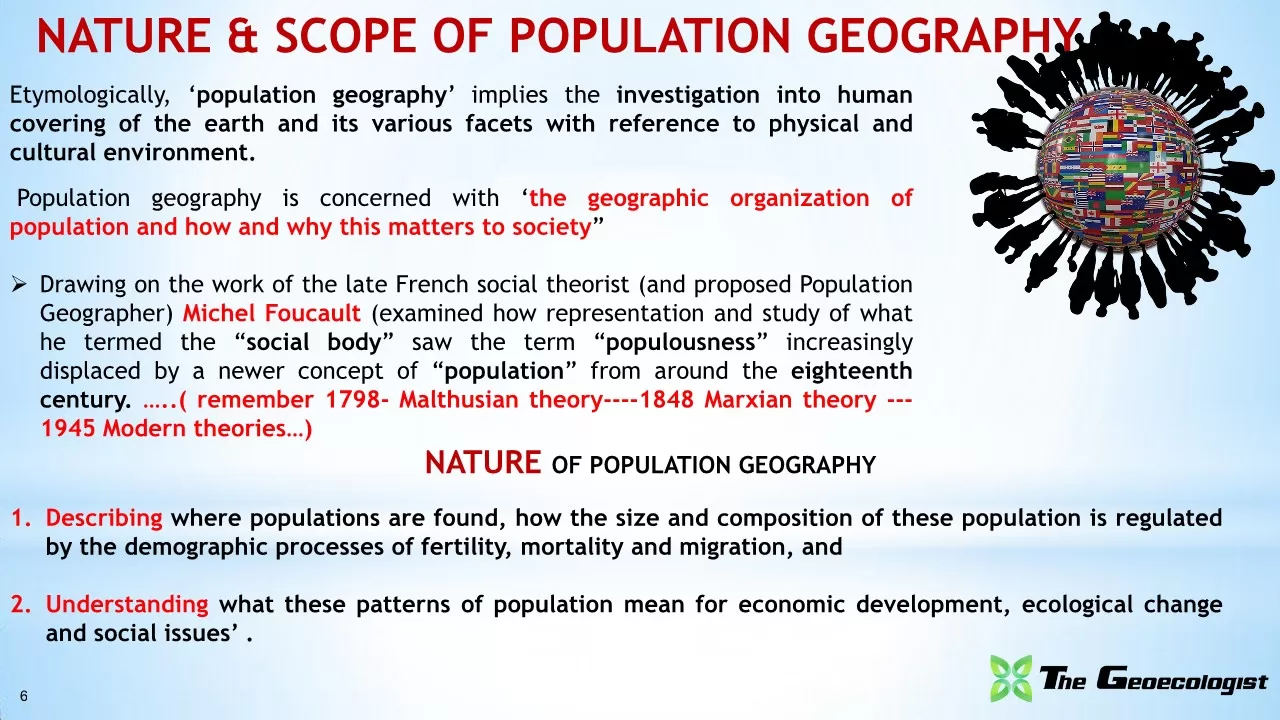
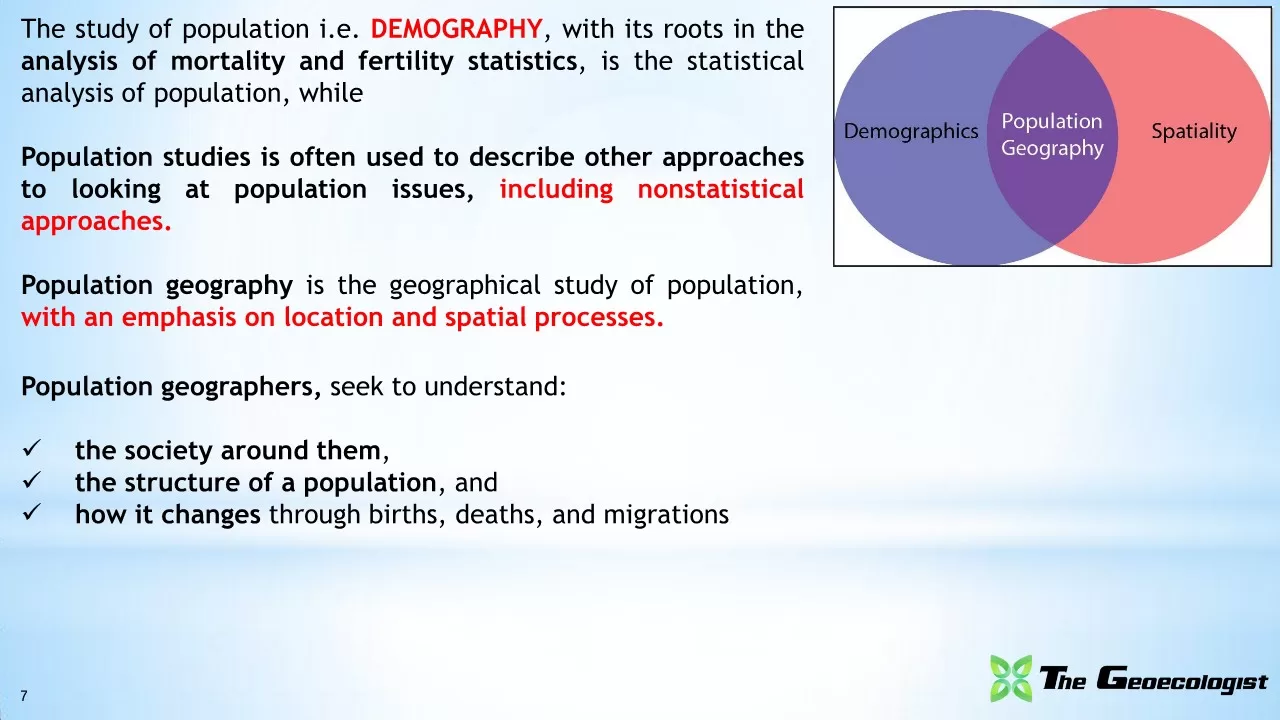


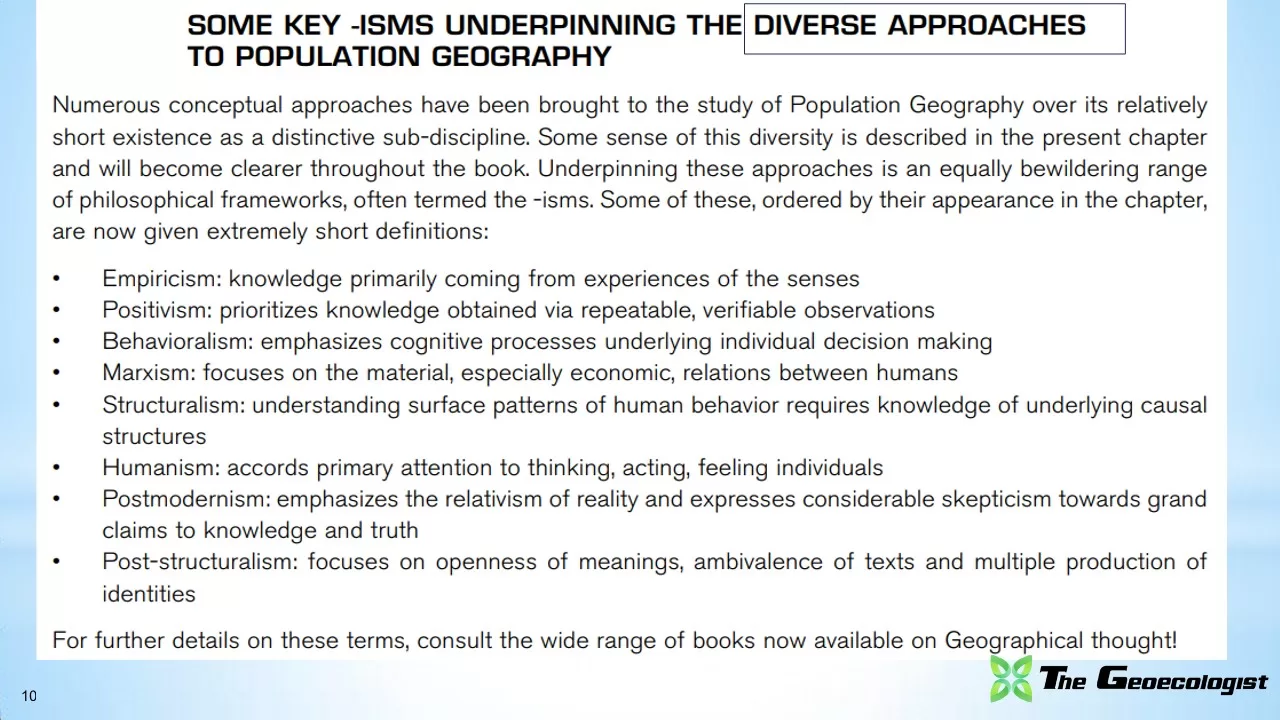













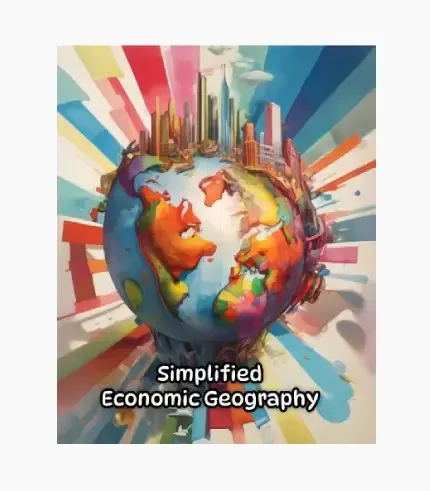

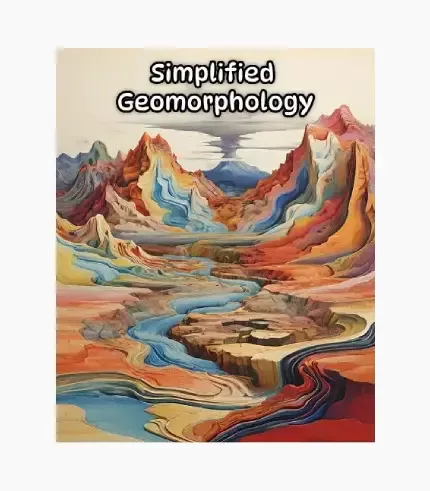



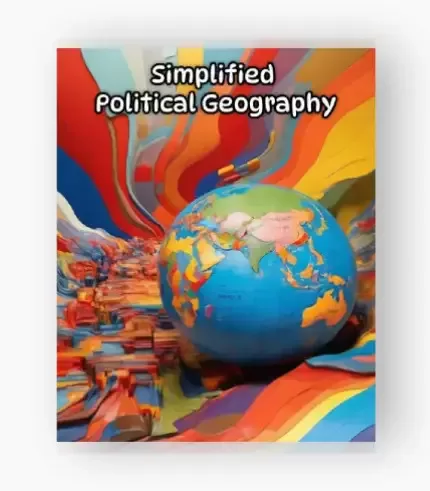

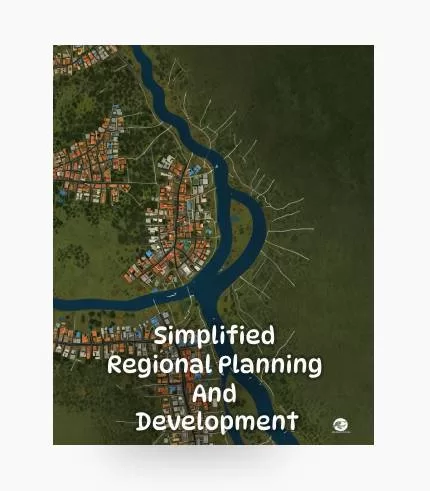

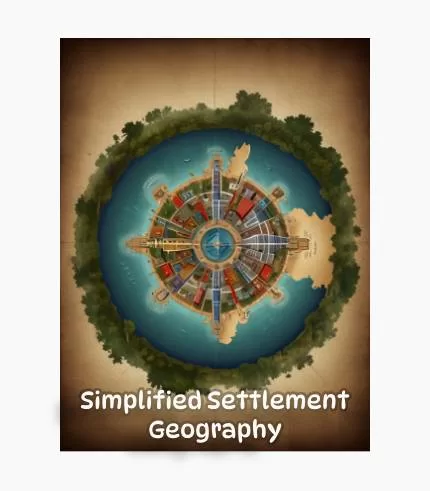



Reviews
There are no reviews yet.